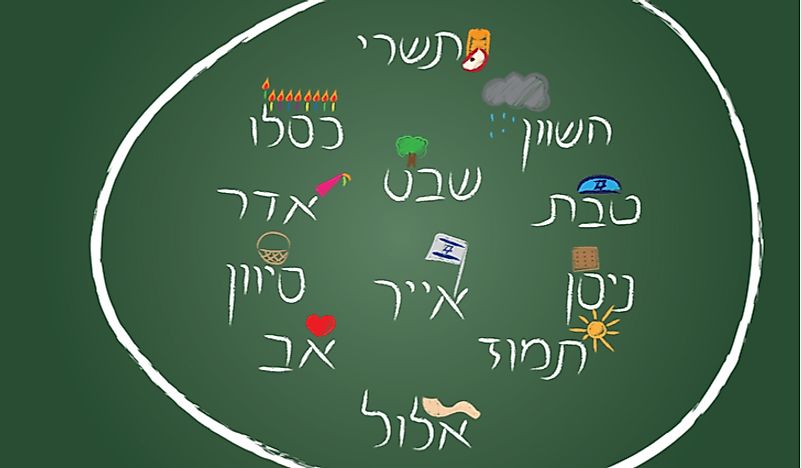Countries That Use Their Own Calendar

Religious, administrative and social functions in any country or organization requires a systematic organization of days in the form of a calendar. Calendars designate dates to particular days. Civil calendars are utilized for purposes that are administrative and official in a nation. More often than not, the civil calendars are also used by the general population in their day to day planning. The Gregorian calendar, used across the globe, is believed to be the most extensively relied on civil calendar. Many countries, Christian or not, all over the world have adopted this civil calendar despite its strong association with the Catholic Church. There however are countries which have their own calendars for civil reasons. These countries completely rely on a completely different calendar, either alongside the Gregorian one or in entirety. Some of these civil calendars are a mere modification of the Gregorian calendar.
Countries using their own civil calendars
North Korea, Taiwan, Japan and Thailand have civil calendars that are a modification of the widely used Gregorian calendar. Thy use the North Korean Calendar, the Minguo calendar, the Japanese Calendar and the Thai solar calendar respectively. The Thai solar calendar replaced the Thai lunar calendar in 1888 AD upon its adoption by King Chulalongkorn. The Buddhist Era is used in the counting of years in the Thai solar calendar which are usually ahead of the Gregorian calendar’s Christian era by 543 years. Months are named in Hindu with zodiac signs’ astrology names with months that have 30 days having names that end in –ayon and those consisting of 31 days with names ending in –akhom. February has a name that ends in –phan and in a solar leap year, a day is added to its constituent days.
The Indian national calendar, the Hebrew calendar and the Bangla calendar are the civil calendars in use in India, Israel and Bangladesh respectively. They are used hand in hand with the Gregorian calendar. In India, there is also known use of the Vikram Samvat calendar. Prior to 1955, thirty calendars were in existence in the country and this was attributed to political divisions in the country. For civil and social unity, the Indian national calendar was adopted with its utilization beginning on 22nd March 1957 mainly in the government communications and in the Indian radio stations. The months in the Indian national calendar are named in accordance with the tropical zodiac signs. Relative to the Gregorian calendar, the first month begins either on 22nd or 21st March depending on whether it is a leap year or not and is known as Chaitra. The Saka era is used in counting the years in this calendar.
Other Countries Using Their Own Calendar
Iran and Afghanistan share the Solar Hijri calendar for administrative and religious purposes. They do not use the Gregorian calendar at all. This is the same case with Nepal and Ethiopia which exclusively use the Vikram Samvat calendar and the Ethiopian calendar respectively. The Ethiopian calendar has a close correlation with the Egyptian calendar from which it is derived. It is a solar calendar with 29th August or 30th August as the date the year begins in the Ethiopian calendar. Between the Gregorian and the Ethiopian calendars, there exists a 7 to 8 years gap.
For ease of understanding throughout the world, there exists a means of expressing dates from these civil calendars relative to the Gregorian calendar dates.
Countries That Use Their Own Calendar
| Rank | Calendar Used | Country/Countries |
|---|---|---|
| 1 | Solar Hijri Calendar | Afghanistan, Iran |
| 2 | Bangla Calendar | Bangladesh |
| 3 | Ethiopian Calendar | Ethiopia |
| 4 | Indian National Calendar | India |
| 5 | Hebrew Calendar | Israel |
| 6 | Japanese Calendar | Japan |
| 7 | Vikram Samvat Calendar | Nepal |
| 8 | North Korea Calendar | North Korea |
| 9 | Minguo Calendar | Taiwan |
| 10 | Thai Solar Calendar | Thailand |







